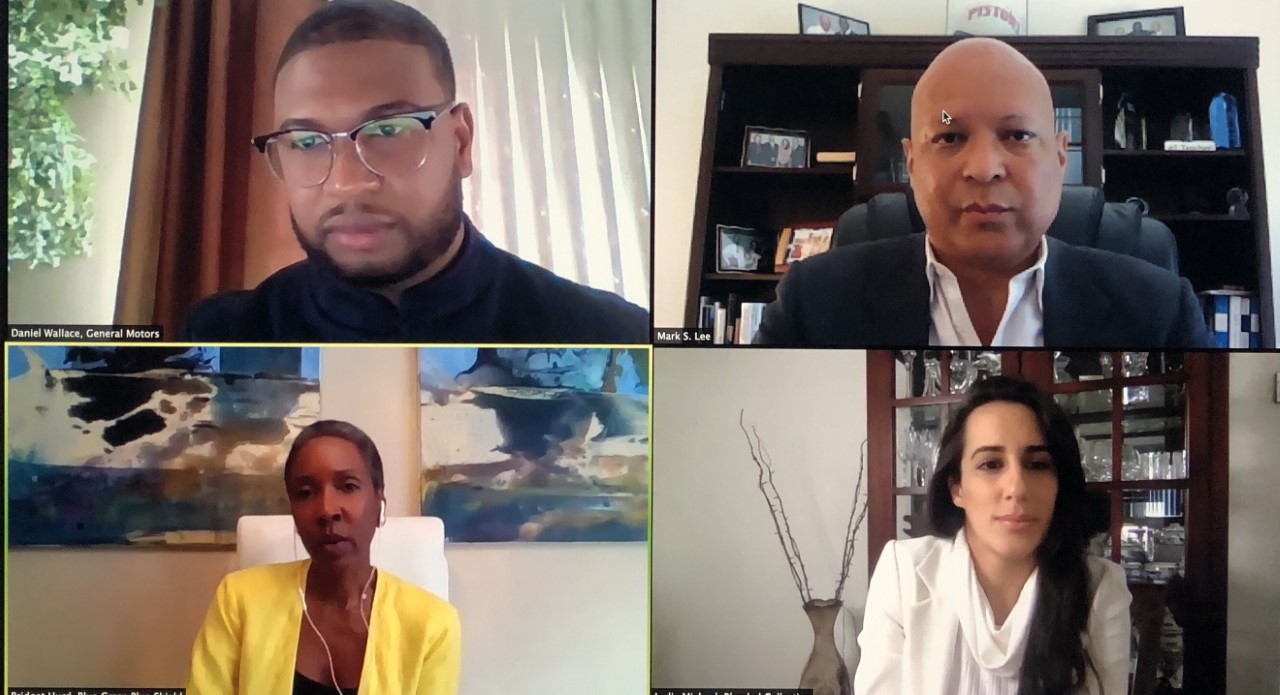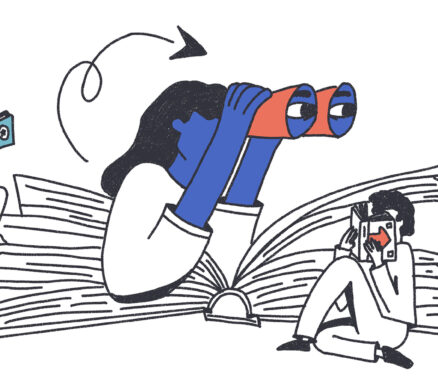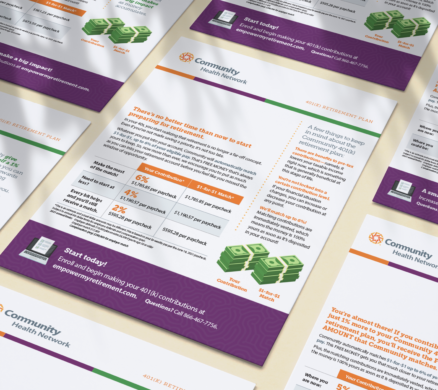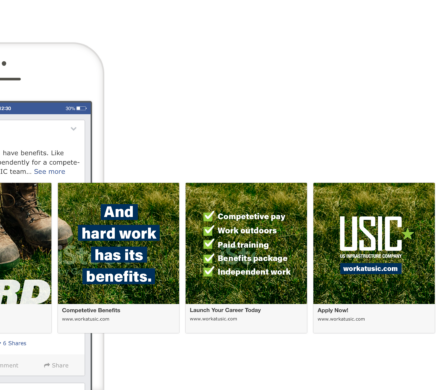
To say this year has presented challenges for communicators would be a huge understatement.
From work environment displacement to social and mental health struggles—from peaceful and not-so-peaceful protests to an election year that is anything but “normal,” we realized that having genuine conversations about these challenges has a far greater impact on our ability to grow and thrive than opting out of difficult conversations.
This realization motivated us to sponsor the online panel discussion “Diversity, Equity, Inclusion and Communication” with the Detroit chapters of International Association of Business Communicators and Public Relations Society of America.
Moderated by Mark S. Lee, President & CEO of The LEE Group, a recognized journalist and adjunct professor at Eastern Michigan University – Northwood and Madonna, the discussion included panelists
- Bridget Hurd, Chief Diversity Officer and Vice President of Diversity and Inclusion at Blue Cross Blue Shield of Michigan
- Lydia Michael, President and Owner of Blended Collective, and
- Daniel Wallace, Global Diversity Initiatives Manager at General Motors.
From the start, Lee set the tone of this panel discussion:
“This is not going to be a superficial conversation. No, we’re not just going to scratch the surface and say ‘what is diversity.’ What we’re going to do is unpack it and deep dive into it. We’re going to get down to the deep issues and understand.”
What does diversity, equity and inclusion mean to you and how do they apply to you as a communicator?
The panelists were quick to refute the current societal focus of diversity pertaining to just gender or race. Rather, they each agreed that diversity is far broader–diversity can be represented by any one of us.
As Hurd stated, “Diversity is recognizing the humanity and understanding the person in front of you.” She stressed that the creation of a culture of diversity and inclusion within a workplace revolve around a company’s ability to focus on four key components: fairness and respect, value and belonging, promoting a safe and open workplace and empowerment and growth.
Michael provided a great illustration for understanding the relation between diversity and inclusion: “Diversity is inviting somebody to the dance but then asking them to dance is part of inclusion.”
Wallace jumped on the illustration by adding a third tier of belonging and “dancing like no one is watching.” He was clear in explaining that as communicators we need to ensure our messaging is relevant to audiences – tone, feel, language and telling more culturally rich stories that allow for better connections between different groups of their workforce.
Perspectives on company diversity commitment statements
The conversation dove deeper still with a question around the wave of companies that issued diversity commitment statements after the death of George Floyd. Overall, as communicators the panel didn’t take issue with such statements, but underscored that DE&I issues are not new. Rather, companies should focus on action:
- Action plans that are meaningful to their respective community absolutely must follow the statements.
- Commitment statements are the foundation, but actionable plans that are followed are key.
- From a brand perspective, companies are going back to their core values as they communicate to their audiences. This is a smart move – connecting their “why.”
From a communicator’s perspective, when a client requests such a statement be written for them, the communicator needs to have a good understanding of the historical context of the community for which they are writing that statement. This role as communicator from ‘brand to community’ is a critical role in building trust and, in some cases, building back trust.
- Be aware of the sensitivities; it could be as simple as terminology within a community.
- Don’t rush with a statement; you must ensure it aligns with your brand.
Engaging company culture to embrace diversity, equity and inclusion
Being at the table is one thing, but you need to listen to each person at the table and provide equal opportunity to speak. Understanding a topic as heavy as DE&I can only be grasped after back-and-forth discussions with those who bring different perspectives.
Diversity, equity and inclusion is not a new topic within the workplace, but it is a difficult topic to understand in connection to a company’s entire organization. Communicators have important roles in closing that gap of understanding as well as helping to bridge the gaps between different audiences to help promote an overall feeling of belonging.
Should we use more active language than the catch-all phrase of ‘diversity, equity and inclusion’?”
The three panelists leaned on three responses:
- Words are less weighty than the need to build a strong culture within a workforce.
- It does go back to the confusion to what each word means individually versus what they mean together in context.
- It needs to be kept in mind that we’re just talking with human beings; let’s bring it down to a human level and avoid tuning things out.
In their final words, the panelists encouraged the audience to be change agents in developing cultural competency and really thinking about that multicultural output. Simply put—connecting each of us as human beings and showing one another respect.
This was a great first discussion, and we look forward to our second session September 23. You can register here.
In the meantime, take this conversation to your own connections. How do you dive deeper into the topic of diversity, equity, and inclusion?





